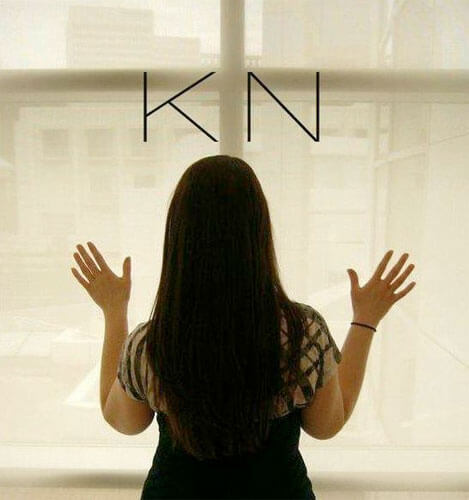Kathryn is an Fine Art/Freelance Photographer/Food Photog/Urban Explorer living in Atlanta. A Georgia native, she has been photographing life as art for over 15 years. Kathryn finds incredible beauty in old, decaying, and forgotten places and objects and loves all things vintage, weird, macabre, dark, whimsical, unusual, and strange. When she's not photographing abandoned and vacant structures, Kathryn steps into the land of the living and captures the beauty of people. Kathryn works as a freelance photographer for Sports Gwinnett Magazine and is the director of photography for the Urban Mediamakers Film Festival.
All about Kathryn Nee:
AAP: When did you realize you wanted to be a photographer?
I knew I wanted to be a photographer when I was in elementary school. I'd rummage through National Geographic magazines in the library, mesmerized by the images. I knew that one day, after working several lousy jobs that I hated, I'd become a photographer.
Where did you study photography?
I am self taught. I learned through trial and error, years of studying, and practice.
Do you remember your first shot? What was it?
I remember my first roll of film with my first 'real' camera, a Nikon N60. I was a teenager who would sneak into Atlanta clubs and bars on weekends. I'd roam around photographing graffiti. I found the mess to be beautiful.
What or who inspires you?
Decaying, forgotten, and unloved places. I have a vivid imagination that runs wild all day, every day. I can call a friend and say, "I need you to suffer through a long, strenuous shoot in an abandoned building. It will be weird, but I have a vision" and they trust me enough to go through with it. It works out well.
What kind of gear do you use? Camera, lens, digital, film?
I use all Canon equipment.
Do you spend a lot of time editing your images?
I actually don't. I like my photos the way I like my food: organic. I try not to over do it with editing or manipulation.
What advice would you give a young photographer?
Break rules to get the shot you want. Don't waste money on art school.
What mistake should a young photographer avoid?
Please don't HDR all of your work.
An idea, a sentence, a project you would like to share?
I'm currently working on a new series that will be a visual expression of how work, domestic home life, parenting, and society can beat us down physically and mentally. It sounds depressing but it's actually the most fun I've ever had shooting.
Your best memory as a photographer?
Being published by National Geographic twice in one month. I couldn't believe it.
If you could have taken the photographs of someone else who would it be?
I'd give just about anything to photograph Régine Chassagne of Arcade Fire.
